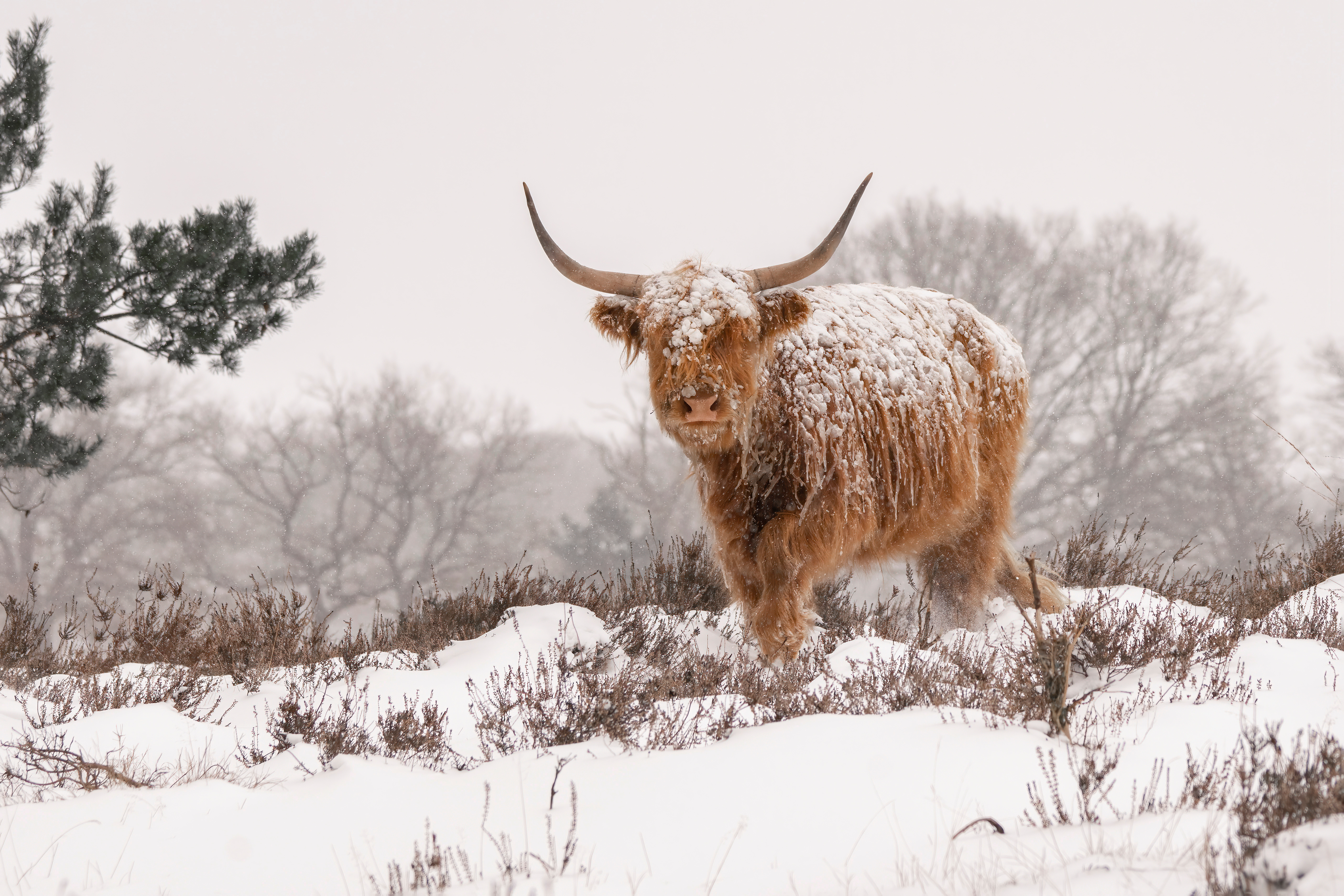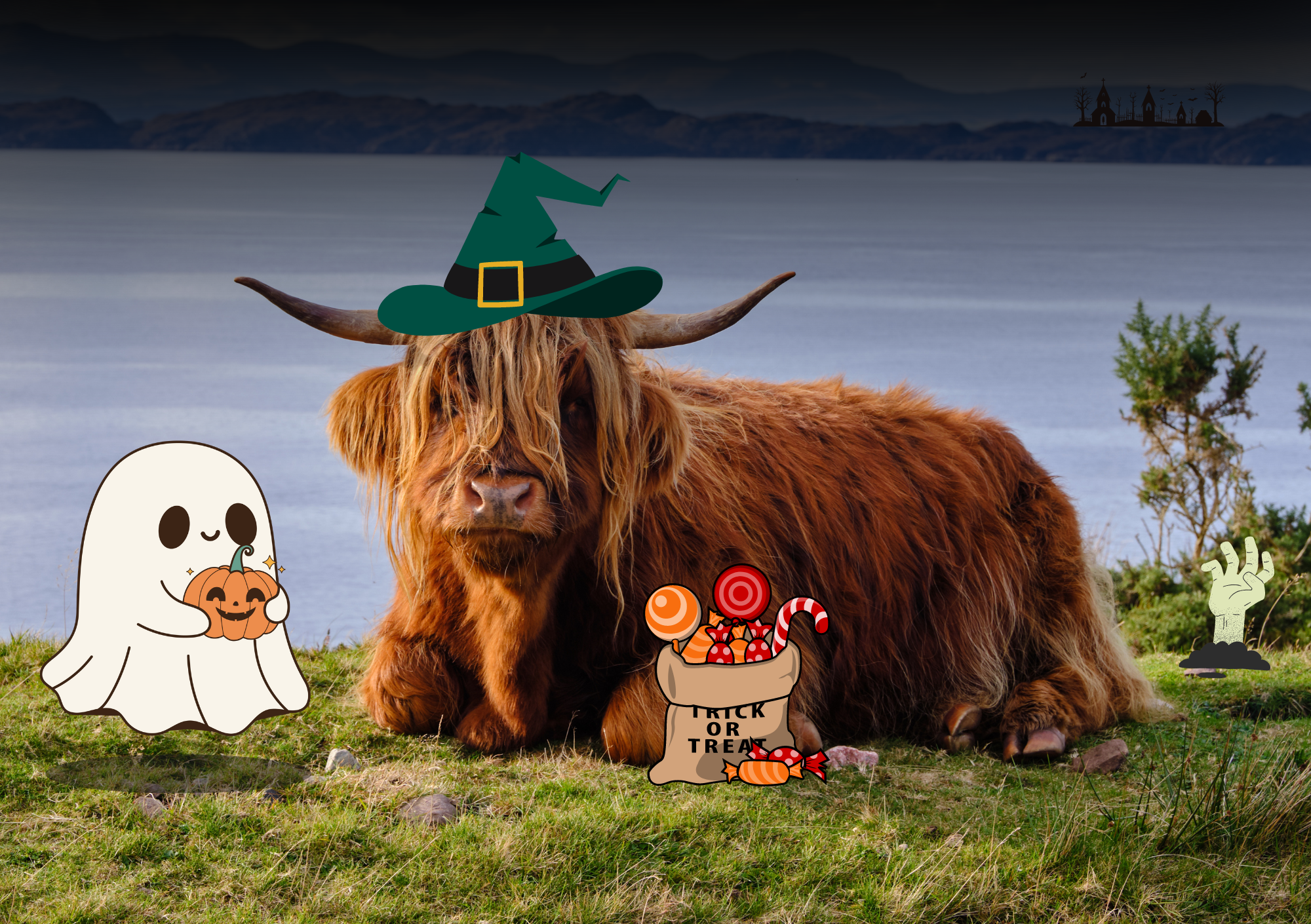Are there any plans to reintroduce these animals to Scotland?
Excluding the woolly mammoth, some attempts at reintroducing, or rewilding, these extinct animals are being made. Scottish Natural Heritage successfully reintroduced the European Beaver to the Scottish countryside. Wild boar can also be seen in the Dundreggan Estate of Glenmoriston. There are also plans to reintroduce other animals, such as wolves, in order to reduce the population of wild deer.






